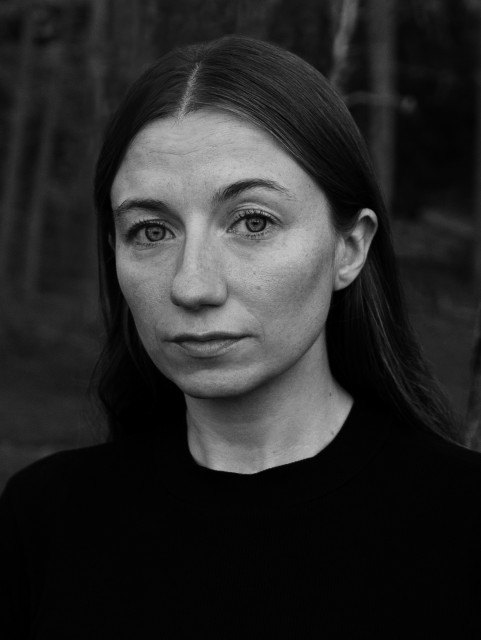Summer, 1884. Hedvig lives with her elder sister and brother in a run down house on the Swedish countryside. Her siblings are running a photography business that they barely can make a living from, and Hedvig is taken out of school because of a progressive eye condition that eventually will make her blind, a fate that she is still unaware of. Most of the time, she is occupied with her wild duck – a duck that was wounded by a hunting neighbor, and given to Hedvig to keep as a pet. One morning the eldest sister Karin arrives to the house. She is eager to make the necessary arrangements in order to sell the property, since she – despite having left the family and the island at a young age – has inherited the lot from their recently deceased father. During the day, secrets and memories concerning the family’s past and future unfold. While the wild duck itself is never seen, it is constantly used as a metaphor and allegory in an increasingly intricate and manipulative struggle between the characters. In the end, no one seems to know which of the siblings the wild duck metaphor applies to, leading to dramatic consequences for young Hedvig, who has just started to reflect upon the relationship between language and meaning.
Inspired by Henrik Ibsen’s 1884 play, ‘The Wild Duck’ is a family drama about language, memory, photography and vision. Shot in natural light with a handheld camera, the limitations of the camera apparatus become part of the film’s aesthetics and extends the theme of imagery, both photographic and linguistic, within the narrative. Set in a nineteenth-century cottage with period drama costumes, an anachronistic layer is also present as later periods has left their mark on the house, making time alternately specific and dissolved.
Rent this work for public screenings

